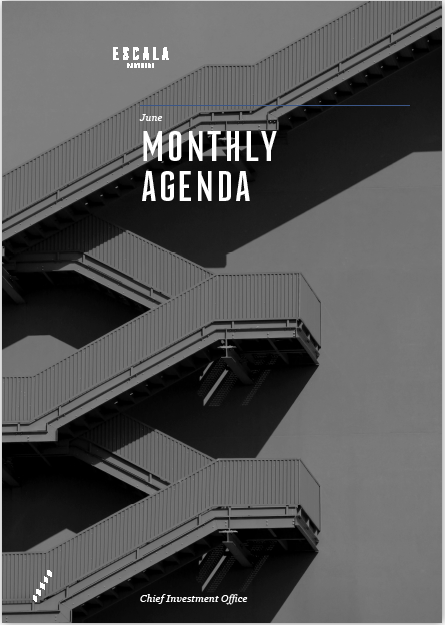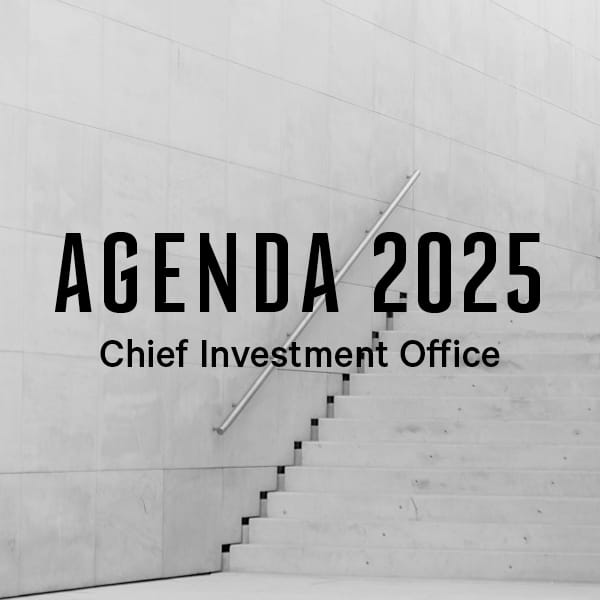-
Overview
Reverberations from the Fed meeting extended to reflation trades. The US yield curve is flattening as investors position for a mix of policy tightening and slow growth. The market is re-calibrating the so-called ‘right tail’ risk of persistently high inflation. If the Fed is willing to tighten rates sooner than expected, the risk of runaway inflation is significantly reduced.
The pricing in of a U.S. tightening cycle is challenging earlier expectations that the Fed will let inflation run hot. The yield curve flattening is the most since market turmoil last March, no doubt exaggerated by an unwinding of steepening bets.
The Bank of England could be next to signal a more hawkish stance, with more than a full 15 basis points rate hike now priced in for next August.
Chart 11: US yield curve flattening as market looks to rate hikes

Source: Bloomberg
The Reserve Bank of Australia is due to meet next month to decide whether to extend the three-year yield target on government bonds and on a third tranche of longer-dated bond buying.
The RBA balance sheet has doubled in size over the past 12 months as it stepped up it purchases on government bonds.
This share pales in comparison to the Bank of Japan which owns almost half of the Japanese government bond market.
Chart 12: RBA balance sheet keeps expanding ($b)

Source: Bloomberg
Inflation bets are falling out of favour, evident in the Bloomberg Commodity Index having its worst day since last April.
Markets are forward-looking, so even though the Federal Reserve has only just begun to talk about reducing bond purchases, the market has moved a couple of steps ahead in starting to price in a rate hike. This is providing support for the USD which in turn is weakening market-based expectations of inflation.
Chart 13: Falling market expectations of inflation associated with a higher USD

Source: Bloomberg







